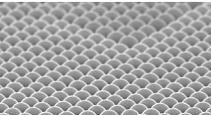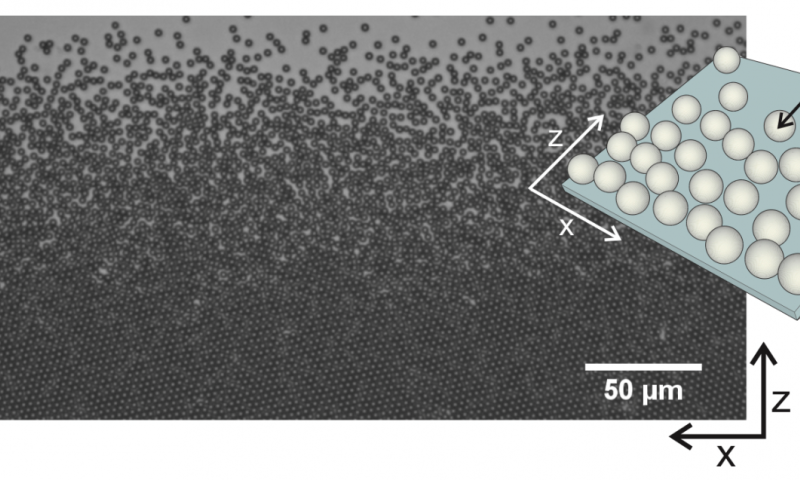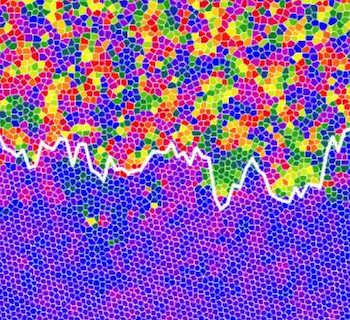Two-dimensional melting of hard spheres experimentally unravelled after 60 years

After extensive research, scientists from the Department of Chemistry at the University of Oxford have found experimental evidence that sheds new light on the melting of two-dimensional substances. Findings from the study could be used to support technological improvements to thin film materials such as graphene.
Researchers from the group of Professor Roel Dullens at Oxford's Department of Chemistry have experimentally elucidated how melting of a two-dimensional solid of hard spheres occurs. With this work they resolve one of the most fundamentally important but still outstanding issues in condensed matter science. In addition, these results provide the cornerstone for the further understanding and development of two-dimensional materials.
Melting, the phase transition in which a substance turns from a solid to a liquid, is widely understood in basic terms. But despite being encountered regularly in everyday life, (whether in the workplace, home or natural world), scientists have long been trying to understand the melting process on a fundamental level.
The melting of a solid into a liquid is one of the most commonly experienced scientific phenomena. However, understanding this transformation is especially mysterious for solids in two-dimensions. Here, the celebrated Kosterlitz-Thouless-Halperin-Nelson-Young (KTHNY) theory proposes that an intermediate, partially disordered state, called the 'hexatic', exists between the solid and liquid. Substantial effort has been made towards the understanding of these 'topological' transitions, for which Kosterlitz and Thouless were awarded the 2016 Nobel Prize in Physics. Yet for the simplest interacting system of many particles, two-dimensional hard spheres, there has been an astonishing lack of consensus despite the first simulations being performed over 60 years ago.
Dr Alice Thorneywork and co-workers used optical microscopy to study monolayers of colloidal model hard spheres (see box 2) tilted by a small angle to introduce a gradient in the particle concentration. For hard spheres, the behaviour is governed only by this concentration, which allowed them to identify and characterize the liquid, hexatic, and solid states and the nature of the transitions between them in a single experiment. The results show that the melting occurs via a continuous solid-hexatic transition followed by a first order hexatic-liquid transition.
-

Microscopy image of the two-dimensional colloidal hard sphere system titled by a small angle. Credit: Oxford University -

The interface between the liquid (top) and hexatic (bottom) states. Credit: Oxford University
More information: Alice L. Thorneywork et al. Two-Dimensional Melting of Colloidal Hard Spheres, Physical Review Letters (2017). DOI: 10.1103/PhysRevLett.118.158001
Journal information: Physical Review Letters
Provided by University of Oxford





















